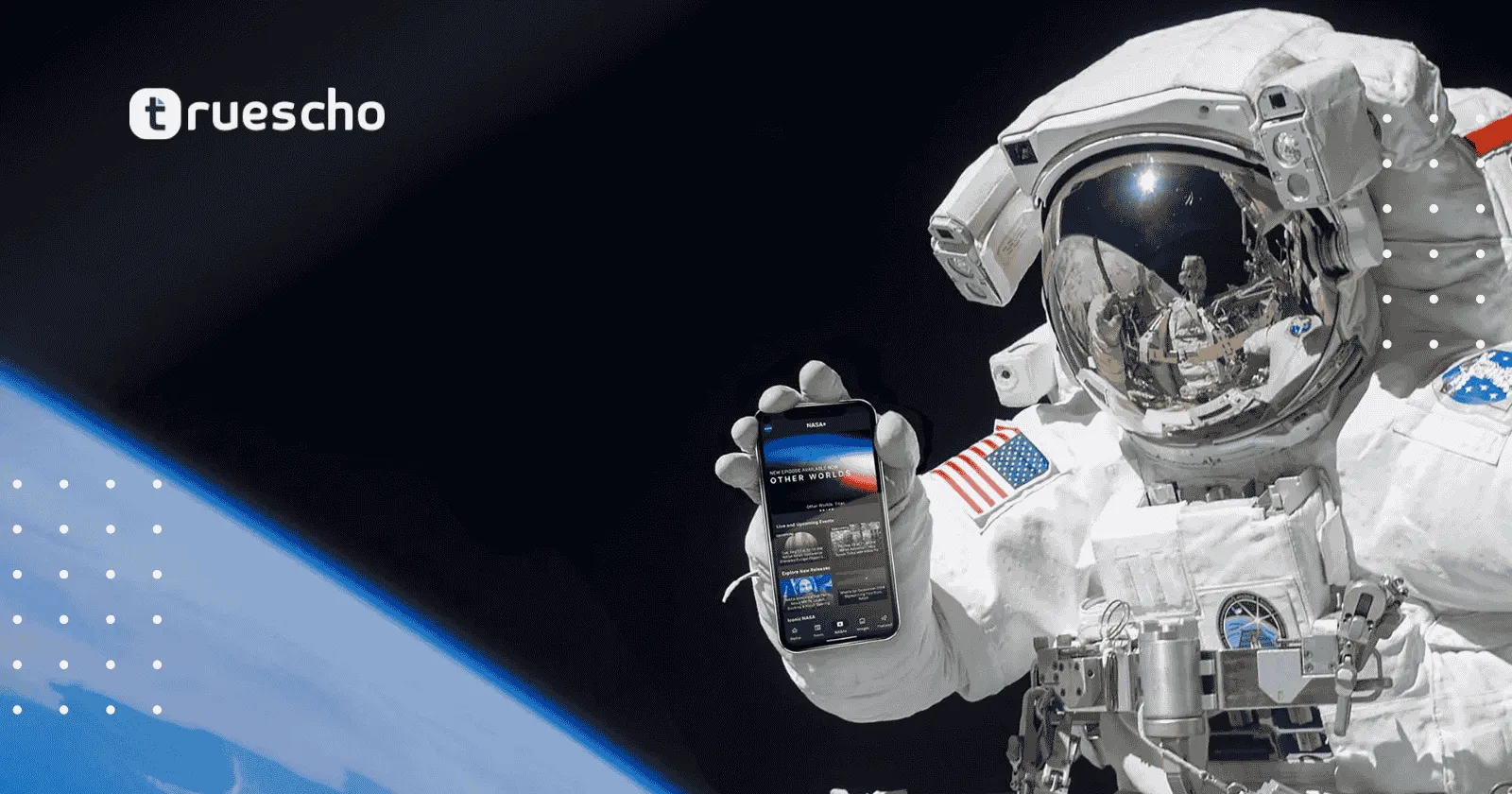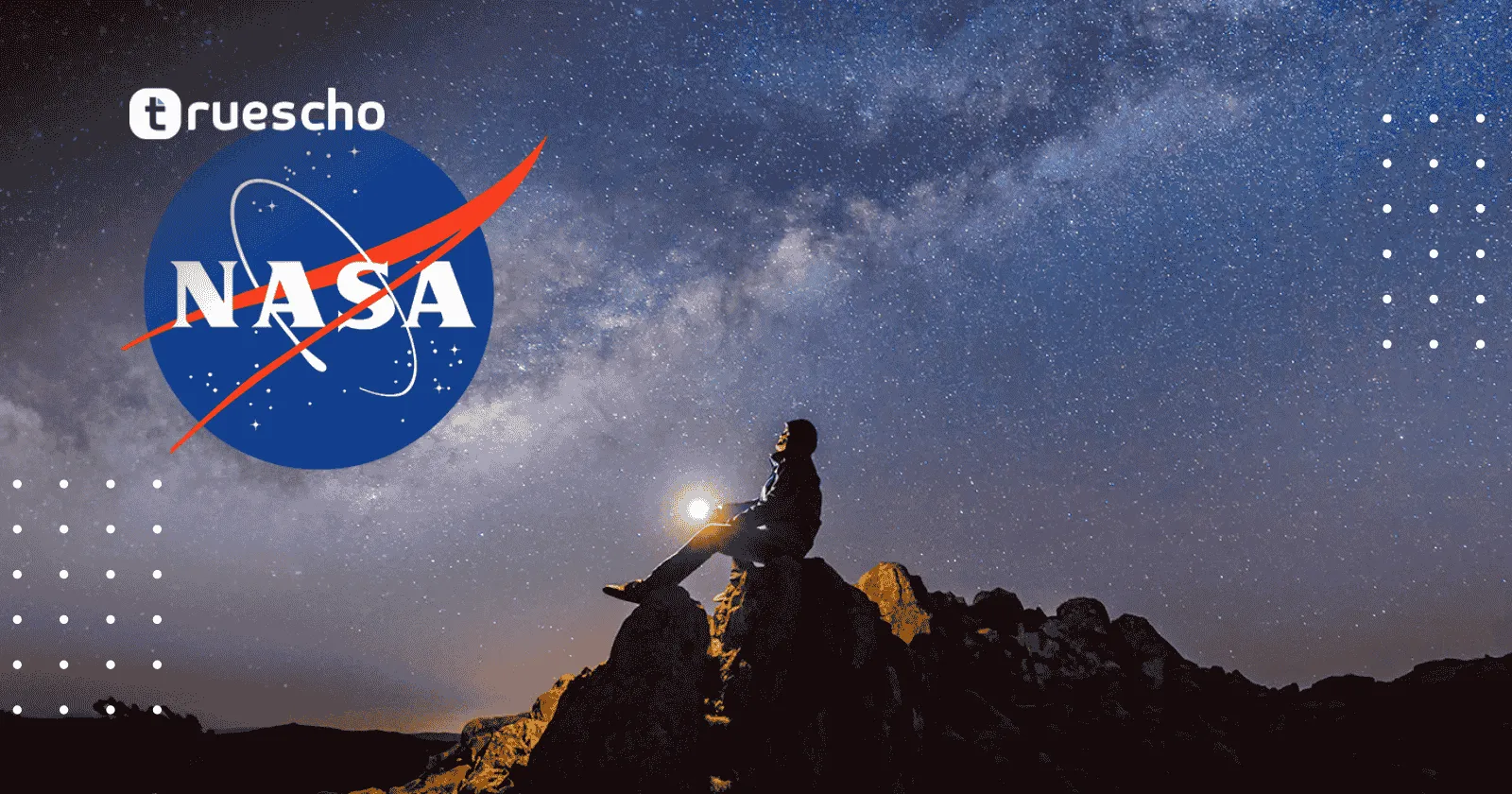NASA astronauts return from long Space Station stay
Table of Contents
The Mission’s Unforeseen Journey
Originally launched in June 2024, the mission was crucial to Boeing’s bid to re-establish itself as a strong competitor to SpaceX in the realm of crewed spaceflight. The plan was simple on paper – transport Williams and Wilmore to the ISS, conduct essential tests and research, and then return them to Earth after a short stay. However, technical problems involving Boeing’s Starliner spacecraft derailed those plans from the very beginning. Before even reaching the ISS, the Starliner began exhibiting issues that compromised its docking procedures. Once aboard the ISS, NASA and Boeing conducted several safety and diagnostic tests, ultimately deciding to recall the compromised Starliner – leaving the astronauts behind on the orbiting laboratory. This series of events forced NASA to rapidly collaborate with SpaceX, leveraging their Crew Dragon capsule to arrange a safe return. The entire episode now serves as a dramatic example of how technical issues in aerospace projects can have cascading impacts – extending missions and altering planned timelines significantly. It also underscores the inherent risks of human spaceflight and the critical need for robust systems and backup plans.
Technical Setbacks and Operational Challenges
The Starliner mission was intended to put Boeing back on track after a series of setbacks characterized by cost overruns and delays. Despite winning a contract alongside SpaceX back in 2014 – a deal aimed at expanding human presence beyond Earth’s orbit – the company has faced severe hurdles in making timely and safe launches. The thruster issues experienced by the Starliner not only impacted the docking process at the ISS but also set off a chain reaction that led to a prolonged orbital stay for Williams and Wilmore. Had the systems functioned as expected, the astronauts would have completed their mission in a much shorter timeline. Instead, the necessity to switch to SpaceX’s reliable Dragon capsule ensured a safe, though delayed, return. In contrast to Boeing’s rocky progress, SpaceX has a strong track record with its Crew Dragon spacecraft. Its first crewed flight in 2020, launched during challenging times amid the global pandemic, proved the viability of private-sector space exploration. This win further highlighted how robust spacecraft design and crisis management can create alternatives when one system is compromised.
The Political Controversy Surrounding the Mission
While the technical challenges of the mission were significant, the return of NASA astronauts has also become entangled with political narratives. In recent months, Elon Musk, CEO of SpaceX, made unsubstantiated claims asserting that he had offered an earlier return for the astronauts. According to Musk, a declined offer by former President Joe Biden supposedly stemmed from political rivalry dynamics involving Donald Trump. However, senior officials from NASA and former top administrators under the Biden administration have publicly denied any such discussions. Both a former NASA administrator and the deputy administrator stated that there was never an offer on the table for an early return. Additionally, senior White House officials confirmed in remarks reported by CNN that they were unaware of any proposal to adjust the astronauts’ return schedule. This political controversy, juxtaposed with the ongoing technical issues, has fueled extensive debate in both the aerospace and political communities. The incident offers an important lesson on how technical malfunctions and external political narratives can converge, complicating the public understanding of space mission operations.
Read also: Data breach at stalkerware SpyX
Assessing the Implications for Future Missions
The prolonged stay of Williams and Wilmore aboard the ISS—now hailed as one of the more unusual chapters in recent spaceflight history—provides valuable learning opportunities for all parties involved in crewed space missions. The incident reinforces several key lessons:
- Redundancy is Essential: With Starliner failing to complete its docking procedures reliably, the necessity for a backup plan came into sharp focus. NASA’s quick pivot to the SpaceX Dragon capsule underscores the importance of having multiple systems in place.
- Robust Testing Protocols: Both technical and procedural tests need to be scrutinized to ensure not only mission success but also the safety of astronauts involved. Ensuring rigorous pre-flight and in-flight testing can mitigate risks in future missions.
- Clear Communication: Transparent communication between agencies and companies is vital. In this case, conflicting narratives—ranging from technical reports to politically charged accusations—complicated public perception and raised questions that might have otherwise been clarified promptly.
It is clear that the challenges faced during this mission will shape the strategies and designs of future spacecraft. As agencies refine their protocols and companies like Boeing work to overcome technical hurdles, every lesson learned contributes to the safer and more efficient exploration of space. For those interested in space exploration and the technological challenges associated with human spaceflight, the extended ISS mission serves as a fascinating case study. It highlights the complex interplay between technology, politics, and the human spirit of exploration.

Looking Ahead: What’s Next for NASA and Boeing?
As NASA and its partners regroup following the unconventional return of the ISS crew, both agencies are poised to implement improvements in their operational procedures. The lessons learned from the recent technical setbacks and political commentary will undoubtedly influence upcoming space missions. Boeing, in particular, is expected to focus on resolving the issues plaguing the Starliner spacecraft. Meanwhile, NASA remains committed to its mission of advancing human space exploration. The agency is currently collaborating on new research initiatives aboard the ISS and preparing for deeper space missions that could eventually pave the way for human travel to Mars and beyond. The rigorous investigations into the Starliner challenges will allow Boeing and NASA to engineer safer, more reliable spacecraft for future missions. Both agencies acknowledge that every mission, regardless of its setbacks, contributes to a broader understanding of space travel. The emergence of alternative solutions—like the rapid mobilization of SpaceX’s Crew Dragon—further reinforces the resilience and innovation that underpin modern space exploration. Although controversies surrounding early return offers and political interference may linger, the primary focus remains on safety and scientific advancement. As new missions take shape, the aerospace industry will continue to integrate lessons from past experiences to ensure the continued success and evolution of human spaceflight.
Read also: The Future of AI in YouTube
Conclusion
The extraordinary journey of NASA astronauts Williams and Wilmore, culminating in their safe return from an extended stay on the ISS, has left an indelible mark on modern spaceflight history. What began as a routine mission evolved into a multifaceted challenge involving technical malfunctions with Boeing’s Starliner and contentious political claims. Ultimately, the swift cooperation between NASA and SpaceX ensured that the astronauts returned home without compromise. This episode serves as a powerful reminder that human spaceflight is a constantly evolving field where every setback is met with innovation, collaboration, and decisive action. As the aerospace community reflects on these lessons, the hope is that future missions will be even safer, more efficient, and free from undue external influences. For content creators looking to optimize their work and harness cutting-edge SEO tools, consider exploring the full suite of resources offered by AR WRITER AI. This powerful tool can help you streamline your content creation process while ensuring your work reaches new audiences. As NASA continues to push the boundaries of space exploration, every successful mission adds new chapters to the story of humanity’s quest to understand the cosmos. The lessons learned today will light the path to tomorrow’s breakthroughs.



